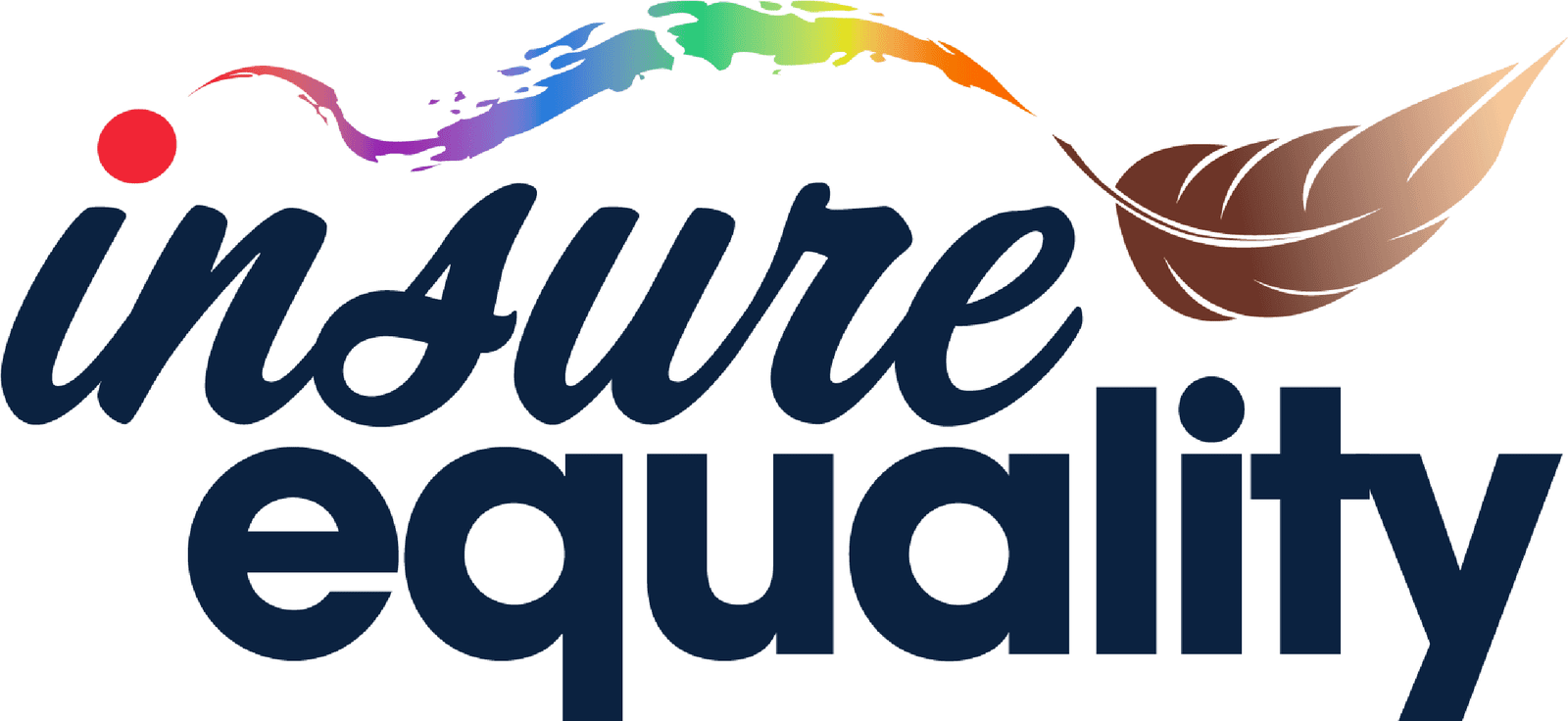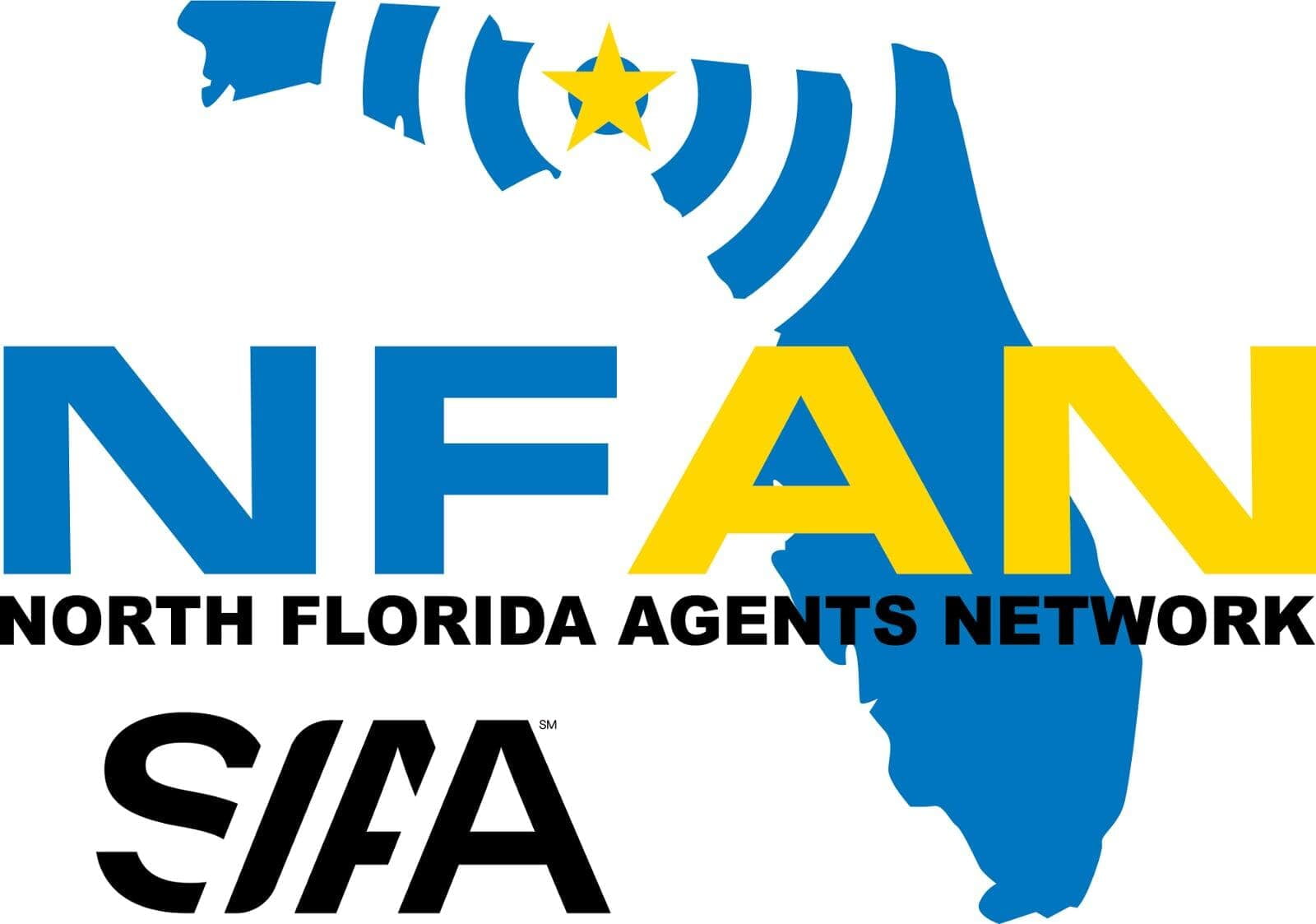Growth in the trucking world is exciting — new contracts, more revenue, fresh routes, and bigger goals. For many fleet owners, it’s the payoff of years of hard work. But as every seasoned operator knows, growth doesn’t just bring opportunity — it also brings risk. At Hatteras Insurance, we’ve seen countless trucking businesses expand rapidly only to run into costly coverage gaps or compliance headaches. Insurance, filings, and driver oversight often take a back seat to equipment and hiring. Unfortunately, that oversight can cost thousands — or even halt operations entirely after a single uncovered claim. So before you put more trucks on the road, it’s worth slowing down long enough to make sure your insurance strategy can keep up with your fleet.
The Hidden Danger of Adding Units Too Quickly
Adding a new truck to your fleet might seem simple, but it’s one of the easiest ways to stumble into an uninsured loss. Every vehicle you buy or lease must be reported and endorsed on your policy. If it isn’t, that truck isn’t officially covered — no matter how comprehensive your existing insurance might be.
We’ve seen it firsthand: an owner adds a truck on a Friday, plans to send paperwork Monday, and by Sunday the driver’s involved in a collision. The result? A denied claim and a very expensive lesson. Whenever you add equipment, your first call should be to your insurance agent. The right partner can issue a temporary binder or endorsement within hours — keeping you compliant and protected from day one.
When Coverage Limits Fall Behind
As your business grows, so does your exposure. Two trucks hauling regionally face entirely different risks than ten trucks hauling interstate freight with multiple drivers. Yet many fleet owners forget to review coverage limits as they expand. Liability, cargo, and physical damage limits all need to scale with your operation. That shiny new Peterbilt might have a very different value than your last unit, and a mixed-freight operation may need specialized cargo protection. Neglecting to re-evaluate those limits can leave significant portions of your business exposed.
Drivers: The Most Overlooked Risk Factor
Trucking insurers don’t just underwrite your vehicles — they underwrite your drivers. Adding someone with multiple violations, limited experience, or a history of accidents can cause premium increases or even disqualify your business from preferred carriers. Running Motor Vehicle Record (MVR) checks before hiring isn’t just best practice — it’s essential. So is documenting your driver training, safety procedures, and compliance records. Carriers reward fleets that can demonstrate safety accountability with better rates and smoother renewals. At Hatteras Insurance, we help fleet owners streamline driver compliance through automated reminders and onboarding checklists, so no file or record falls through the cracks.
The Paperwork That Keeps You Legal
When a trucking company expands into new states or adjusts its operating authority, new filings often follow — like Form E or SR22 for state requirements and the federal MCS-90 endorsement for interstate operations. Missing or delayed filings can trigger serious problems: suspended authority, compliance fines, or roadside inspection delays. A good insurance partner won’t just issue policies — they’ll track and maintain your filings to ensure your operating authority stays intact wherever you go. But it’s always worth confirming those filings are current before adding new routes.
What’s Hidden in the Fine Print
One of the easiest ways for coverage gaps to appear is through unnoticed policy exclusions or endorsements. As you grow, you might start hauling new commodities, expanding your radius, or bringing on different types of drivers. policy exclusions or endorsements. As you grow, you might start hauling new commodities, expanding your radius, or bringing on different types of drivers. Those operational changes can collide with exclusions buried in your policy, such as mileage limitations or freight restrictions. A quick annual review with your insurance agent can catch these issues before they become claims nightmares.
Growth Without a Risk Plan
Perhaps the biggest mistake of all is expanding too quickly without a clear safety and risk management plan. A few new trucks can transform a small operation into a full-fledged fleet almost overnight — but without the structure to manage maintenance schedules, driver safety programs, and claims procedures, things can unravel fast. Insurers reward organized fleets. A documented safety program, consistent maintenance logs, and ELD compliance not only reduce claims but can lower premiums over time.
Partnering with the Right Specialist
At Hatteras Insurance, we don’t believe in one-size-fits-all trucking policies. We help fleet owners design insurance programs that grow as their business grows. Our commercial trucking specialist, Mike, works directly with owner-operators and fleet managers to ensure every truck, driver, and filing is accounted for — no loose ends, no surprises. From coverage reviews to rapid COI delivery, we make sure your insurance keeps pace with your success. Whether you’re adding your second truck or your twentieth, having a partner who understands trucking inside and out can save you more than money — it can save your business.
Before you grow your fleet, take ten minutes to review your coverage with someone who knows the road as well as you do.







